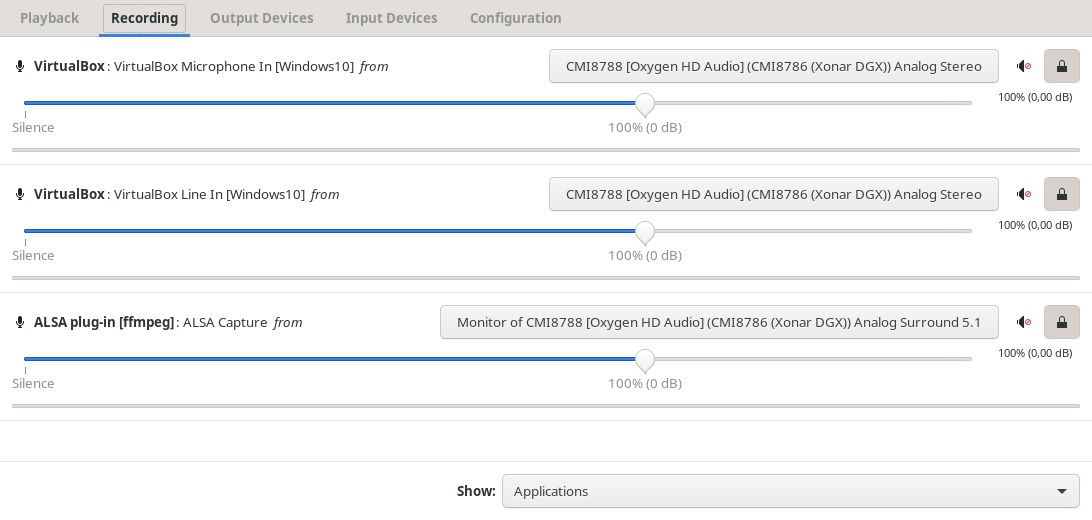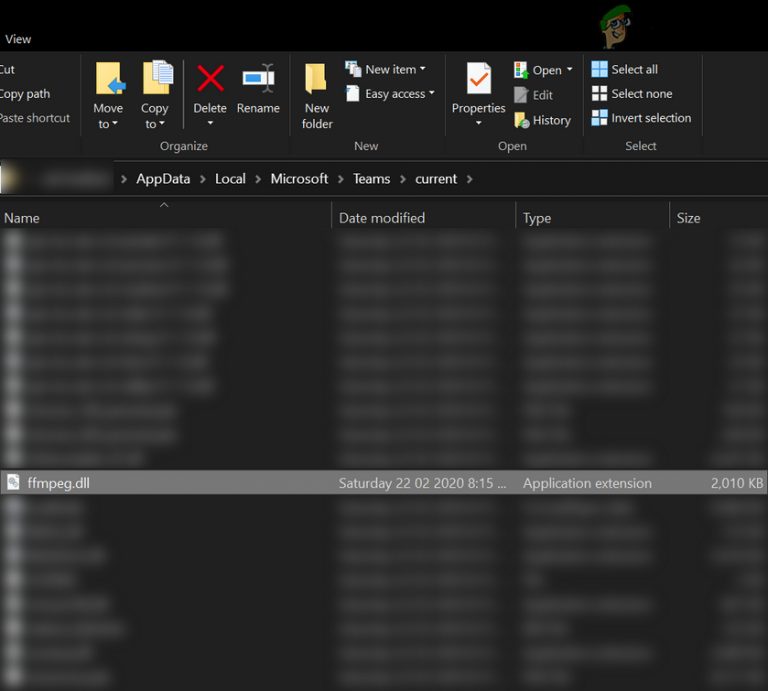
- #Ffmpeg ubuntu virtualbox how to
- #Ffmpeg ubuntu virtualbox mac os
- #Ffmpeg ubuntu virtualbox install
- #Ffmpeg ubuntu virtualbox update
You can do this by running the following command:
#Ffmpeg ubuntu virtualbox install
To install ffmpeg on Amazon Linux, you will first need to enable the EPEL repository. The command $ ffmpeg -encoders can be used to determine which encoders and decoders are currently available for FFmpeg. The following steps will assist you in removing FFmpeg from the system. By following these steps, you can install FFmpeg on Ubuntu 22.04 using only one method.
#Ffmpeg ubuntu virtualbox mac os
This framework is cross-platform compatible with Windows, Linux, Mac OS X, BDS systems, and Solaris, and it works on a variety of platforms. FFmpeg is capable of handling a wide range of tasks such as encoding, decoding, transcoding, streaming, filtering, muxing, and demuxing.
#Ffmpeg ubuntu virtualbox update
First, update the package index:Īudio and video files can be processed using a variety of tools in FFmpeg. To install ffmpeg on Ubuntu, you can use the apt package manager. Simply type sudo apt-get install ffmpeg into the Ubuntu command line. Because FFmpeg is available in a variety of repositories, it can be installed on your system via the APT package manager. If you do not have a package manager, you can install FFmpeg using it. If prompted, type “y” and press the “Enter” button. Ubuntu users should be aware that installing FFmpeg will necessitate the installation of additional disk space. Depending on your distribution and version, you should expect ffmpeg to be installed in /usr/bin/bin.


It is possible to install FFmpeg from the Ubuntu package manager.
#Ffmpeg ubuntu virtualbox how to
i Audio_file.mp3 -ac 2 -alang -eng -y -mp4 – video_file.mp4 -acodec libmp3lame -ab 128k -ar 44100 -ac 2 -alang -ar 44100 -ac 2 -alang How To Install Ffmpeg On Ubuntu If you’ve ffmpeg installed and the video file’s extension is.mp4, you can extract the audio by using the following command: It was not possible to find codec ‘libmp3lame’ or’mp4 format’ in libavcodec_pcm.dll. This command will give you the following results. Audio_file.mp3 is a translation of the -alang audio. Webcam_file.mp4 -vcodec pcm -acodec libmp3lame -ab A one-way ticket is 40000rs, and a one-way ticket is 120000rs. Use the following command to extract the audio from the video file: When text is used, it must be followed by a character. The following steps will guide you through the process: Open a command prompt and enter the following: To use ffmpeg for audio extraction, you must first determine the video’s extension. This command will generate the following outputs. If ffmpeg is installed, you can find the version by using the following command. In the next step, we will learn how to use the amazing tools in this multimedia framework. I will not install all of the encoders listed below for the sake of this article, but there are several that can be installed. After you’ve installed libopus audio decoder and encoder, the next step is to install ffmpeg from the source. When we understand the proper instructions, we will be able to reproduce software from a source. The following command will generate a new directory for the FFmpeg sources. You must first install and enable EPEL and RPM Fusion in order to install FFmpeg on Fedora. The next part will address some of the FFmpeg multimedia framework tools, but before doing so, we must first install them. This framework is extremely powerful due to the variety of tools available that can provide the best technical solution for a user. The FFmpeg multimedia framework employs a variety of tools for various applications. It is installed in most linux distributions by default. Where Is Ffmpeg Installed In Linux? Credit: įfmpeg is a multimedia framework, able to decode, encode, transcode, mux, demux, stream, filter and play various audio and video files in multiple formats.


In this tutorial we will show you how to install and configure Kali Linux 2.0 on VirtualBox. It is maintained and funded by Offensive Security Ltd. Kali Linux is a Debian-derived Linux distribution designed for digital forensics and penetration testing.


 0 kommentar(er)
0 kommentar(er)
